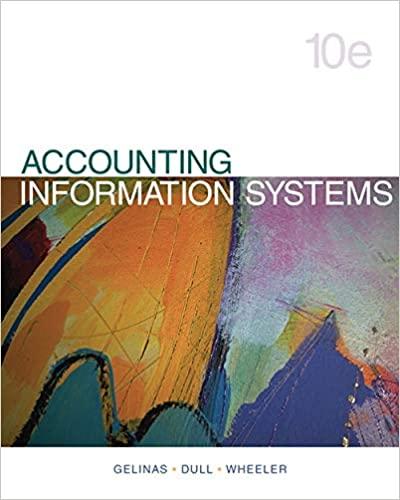



Exhibit 15-7 Comparative Financial Statements 2019 $32,000 85,000 111,000 8,000 236,000 399,000 9,000 $644,000 SMART TOUCH LEARNING Balance Sheet December 31, 2020 and 2019 2020 Assets Current Assets: Cash and Cash Equivalents $ 29,000 Accounts Receivable, Net 114,000 Merchandise Inventory 113,000 Prepaid Expenses 6,000 Total Current Assets 262,000 Property, Plant, and Equipment, Net 507,000 Long-term Investments 18,000 Total Assets $ 787,000 Liabilities Current Liabilities: Accounts Payable $ 73,000 Accrued Liabilities 27,000 Notes Payable 42,000 Total Current Liabilities 142,000 Long-term Liabilities 289,000 Total Liabilities 431,000 Stockholders' Equity Common Stock, no par 186,000 Retained Earnings 170,000 Total Stockholders' Equity 356,000 Total Liabilities and Stockholders' Equity $787,000 SMART TOUCH LEARNING Income Statement Years Ended December 31, 2020 and 2019 2020 2019 Net Sales Revenue $ 858,000 $803,000 Cost of Goods Sold 513,000 509,000 Gross Profit 345,000 294,000 Operating Expenses: Selling Expenses 126,000 114,000 Administrative Expenses 118,000 123,000 Total Operating Expenses 244,000 237,000 Operating Income 101,000 57,000 Other Income and (Expenses): Interest Revenue 4,000 Interest Expense (24,000) (14,000) Total Other Income and (Expenses) (20,000) (14,000) Income Before Income Taxes 81,000 43,000 Income Tax Expense 33,000 17,000 Net Income $ 48,000 $ 26,000 $68,000 31,000 27,000 126,000 198,000 324,000 186,000 134,000 320,000 $644,000 Evaluating the Ability to Pay Current Liabilities In this section, we discuss one equation and three ratios that measure a company's ability to pay current liabilities. Working Capital Determining a company's working capital is a good starting place to evaluate a company's ability to pay its current liabilities. Working capital measures the ability to meet short-term obligations with current assets. Working capital is defined as follows: Working capital = Current assets - Current liabilities Working Capital A measure of a business's ability to meet its short-term obligations with its current assets. Current assets - Current liabilities. Smart Touch Learning's working capital at December 31, 2020 and 2019, is calculated as follows: Working capital = Current assets - Current liabilities 2020: $262,000 - $142,000 = 2019: $236,000 - $126,000 = $120,000 $110,000 Red Flags in Financial Statement Analyses Analysts look for red flags in financial statements that may signal financial trouble. Recent accounting scandals highlight the importance of these red flags. The following conditions may reveal that the company is too risky: Movement of sales, merchandise inventory, and receivables. Sales, merchandise inventory, and receivables generally move together. Increased sales lead to higher receiv- ables and may require more merchandise inventory (or higher inventory turnover) to meet demand. Unexpected or inconsistent movements among sales, merchandise inven- tory, and receivables make the financial statements look suspect. Earnings problems. Has net income decreased significantly for several years in a row? Did the company report net income in previous years but now is reporting a net loss? Most companies cannot survive losses year after year. Decreased cash flow. Cash flow validates net income. Is net cash flow from operating activities consistently lower than net income? If so, the company is in trouble. Are the sales of plant assets a major source of cash? If so, the company may face a cash shortage. Too much debt. How does the company's debt ratio compare to that of major competi- tors? If the debt ratio is too high, the company may be unable to pay its debts. Inability to collect receivables. Are days' sales in receivables growing faster than for competitors? If so, a cash shortage may be looming Buildup of merchandise inventories. Is inventory turnover too slow? If so, the com- pany may be unable to sell goods, or it may be overstating merchandise inventory. Do any of these red flags apply to Smart Touch Learning from the analyses we did in the chapter? Although the financial statements depict a strong and growing company, the analysis pointed out several areas of weakness for Smart Touch Learning that include low inventory turnover, low accounts receivable turnover, low gross profit margin, low times interest earned, low asset turnover, and low earnings per share. Smart Touch Learn- ing should continue to carefully monitor its financial statements as it continues to grow. Exhibit 15-8 summarizes the financial ratios that you have learned in this chapter. Exhibit 15-8 Using Ratios in Financial Statement Analysis Ratio Computation Information Provided Evaluating the ability to pay current liabilities: Working capital Current assets - Current liabilities A business's ability to meet its short-term obligations with its current assets. Cash ratio Cash + Cash equivalents Total current liabilities The company's ability to pay current liabilities from cash and cash equivalents. . Cash including cash equivalents + Short-term investments + Net current receivables Total current liabilities The company's ability to pay all its current liabilities if they came due immediately. Current ratio Total current assets Total current liabilities The company's ability to pay current liabilities from current assets










